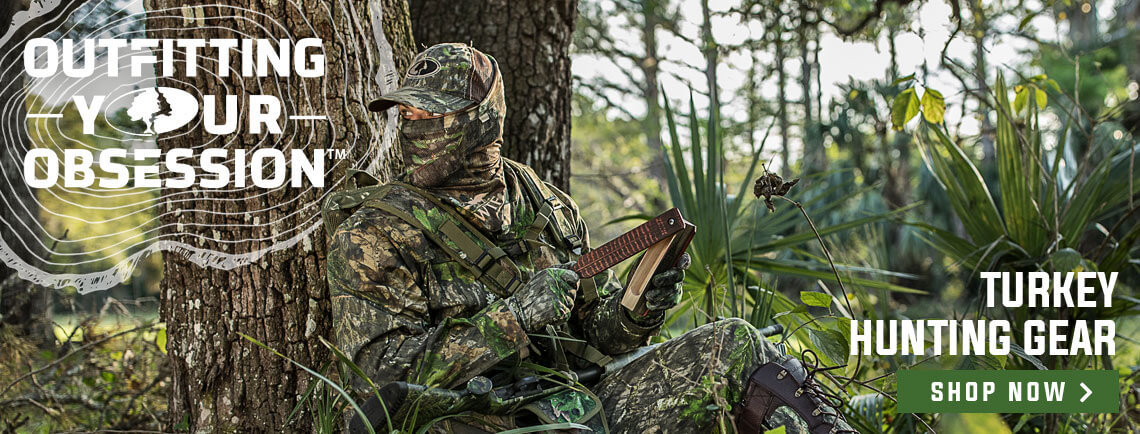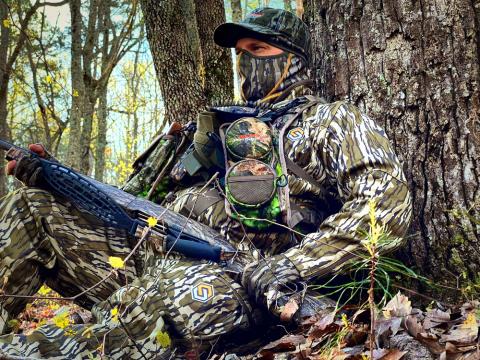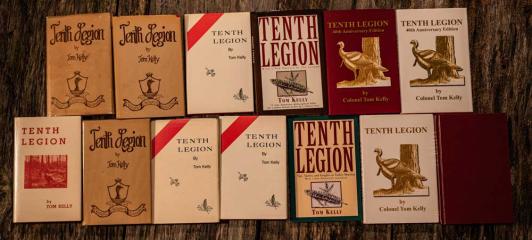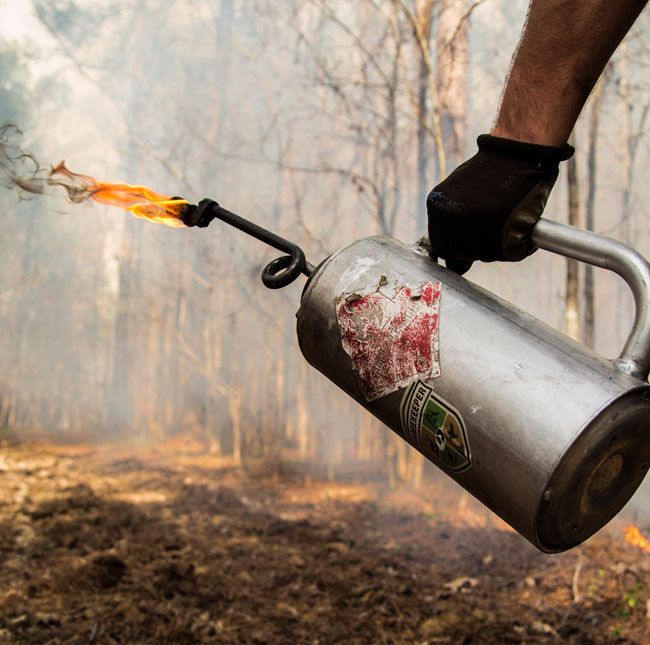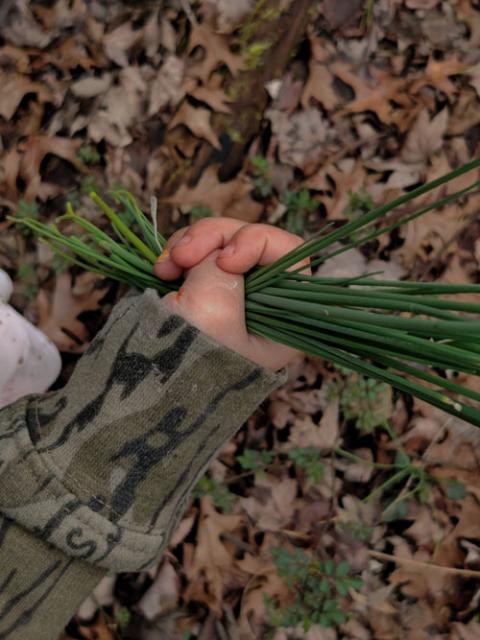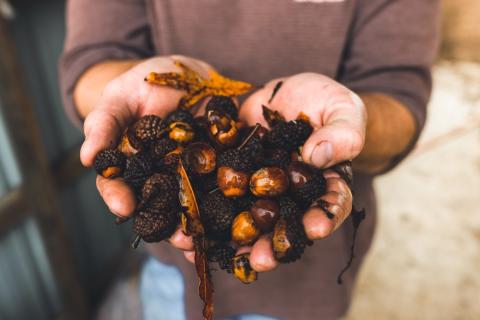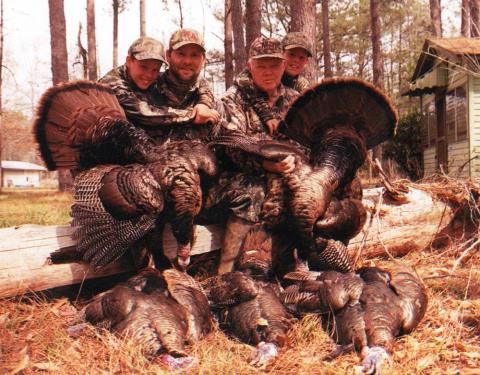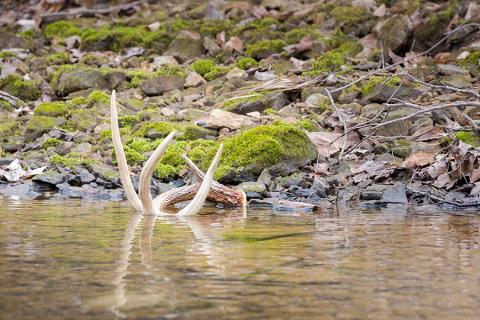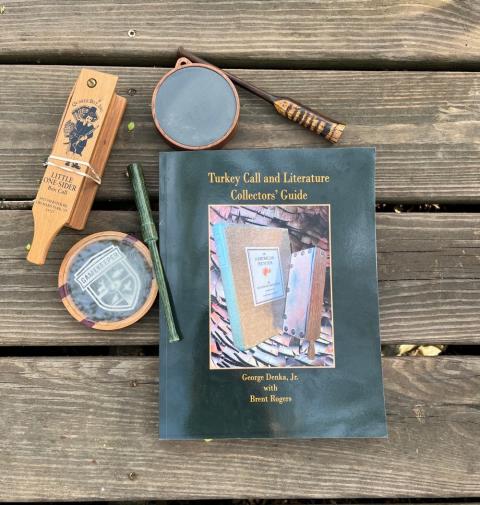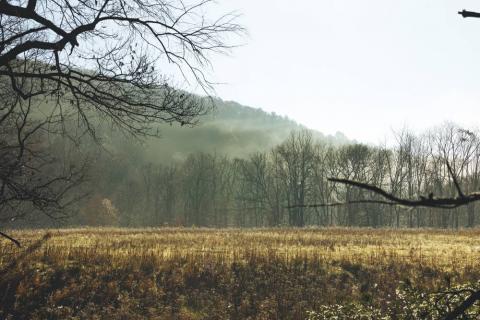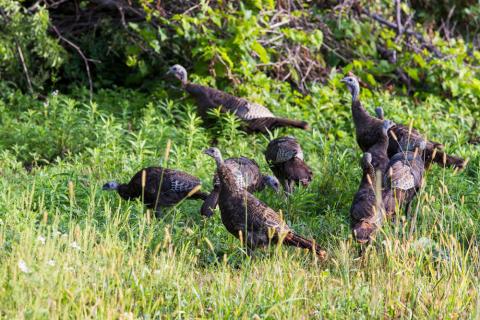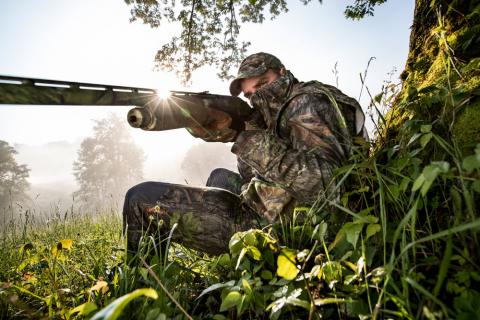Jason Worley
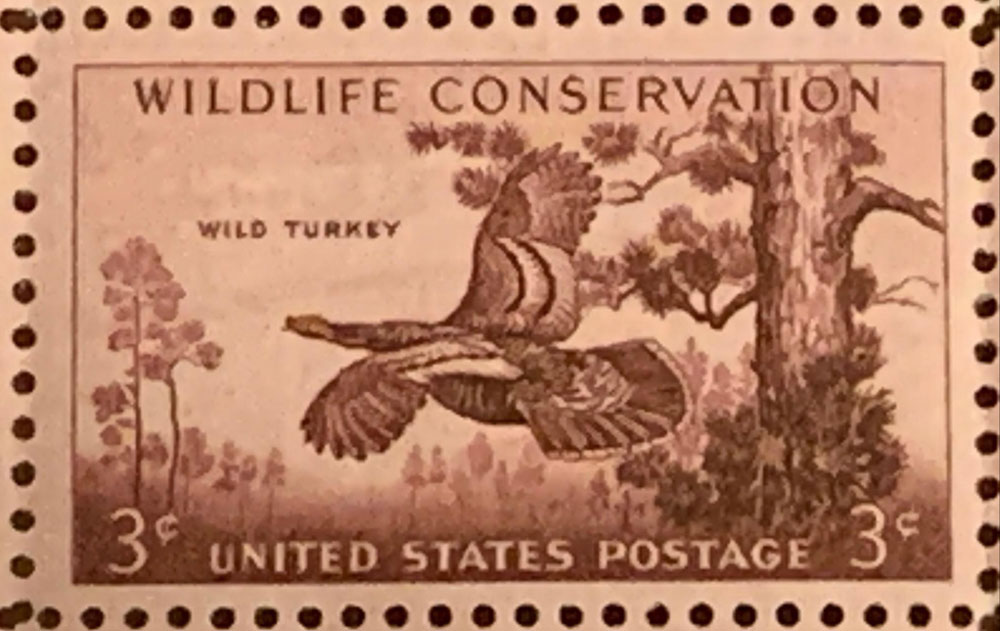
May 5, 1956. As turkey hunters, many of us would think that 1956 held little significance in the story of the wild turkey and the history of turkey hunting. We may even think of it as a dark time in our tradition since many states lacked a season and numbers were low across the country. Some states did not have wild turkeys; Oregon didn't see its first introductions until 1961. It seems much too early to celebrate any success when it comes to restoring this grand bird we all love so much. But, to many's surprise, May 5, 1956, saw the first in a 22 years series of U.S. Postal Stamps issued to celebrate successful conservation efforts carried out by state and federal governments. It was an attempt to bring attention to the importance of wildlife conservation and the first of those stamps on that spring day in 1956 featured the wild turkey.
That first stamp in the series was in honor of the wild turkey as it was considered the largest and fastest of the game birds. It was issued because of successful restoration efforts that had taken place in its native home in eastern, southwestern, and midwestern states. The success story that many of us have come to think of as a reasonably recent achievement actually began over 70 years ago, and our postal service saw fit to celebrate that success. The stamp would be issued at the Wisconsin Federation of Stamp Clubs convention in Fond du Lac, Wisconsin, for the price of three cents. That day in 1956 would mark the beginning of the story of the wild turkey stamp and how it could bring awareness to conservation, and eventually, much-needed funding for restoration and research efforts.
Get Your Inaugural Mossy Oak Wild Turkey Stamp and Help Fund Conservation Efforts
As we know, the reestablishment and introduction of the wild turkey to the 49 states where it’s now found is a success story we as hunters should be proud of. Our money and love for this bird played a massive role in the success story behind the bird. That success story was being written in many states well before many of us were taught. Over the next two decades, states would have continued success in restoring the bird. In the case of Oregon and other states, the bird would be introduced for the first time ever during those 20 years. The 1956 turkey stamp is evidence of those early beginnings and the fact that those who love this bird were willing to look at different ways to generate awareness and revenue. The first chapter in the story of the wild turkey stamp had been written.
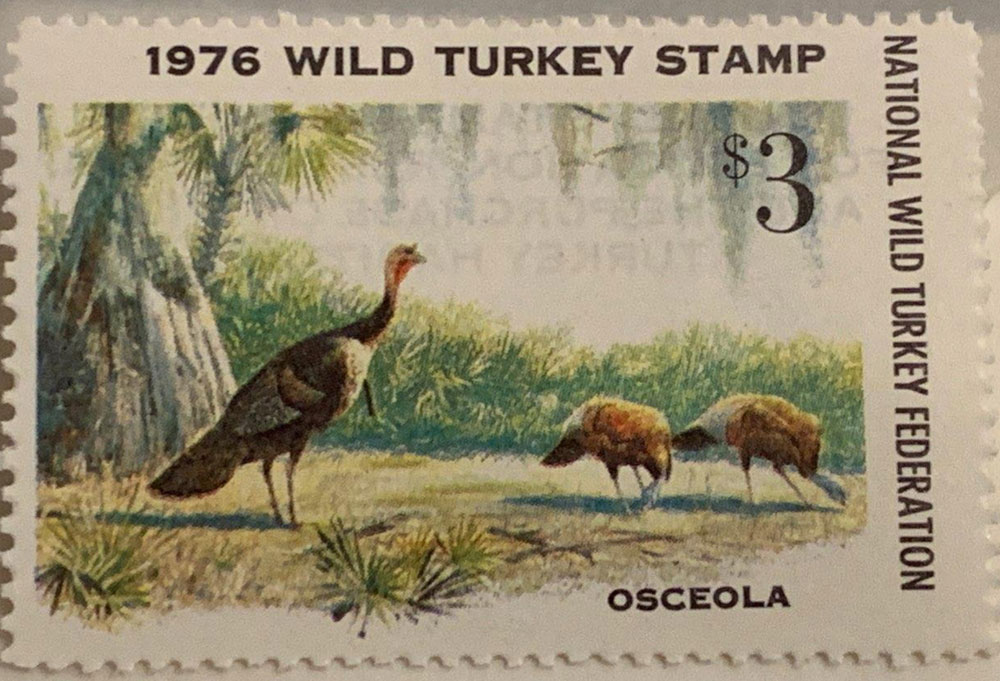
In 1976, just three years after its formation, the National Wild Turkey Federation introduced its wild turkey stamp and print to raise funds for the NWTF. It would be modeled after the Federal Duck Stamp, with the exception of it being a voluntary purchase. That first stamp would carry a price tag of $3, and a portion of those proceeds would go to work benefiting the wild turkey. These stamps, featuring some incredible artwork, are usually the first that come to mind for many turkey hunters when they hear the phrase “wild turkey stamp.” Many know the stamp and print to be a competition between artists, but this first stamp would be commissioned to an artist who had already done a tremendous amount of work for the Federation in its first few years.
From Miami, Florida, Russ Smiley was a veteran wildlife artist who was born in 1922. At the age of 10, he began drawing wildlife and outdoor scenes and would eventually sell his first painting at 17. Shortly after deciding to pursue a full-time art career, World War II broke out, and Smiley enlisted in the Air Force, where he would be a member of the "Celluloid Commandos." This group consisted of Smiley and a group of other men who would be trained as background and animation artists. Their talents would be used to produce training films and other motion pictures used to support the war effort. The first NWTF stamp featuring Smiley's work would be titled "Osceola," and appropriately featured an Osceola gobbler and two hens. The standard had been set with Smiley's work, and the second stamp and print would begin the yearly national competition many of us know.
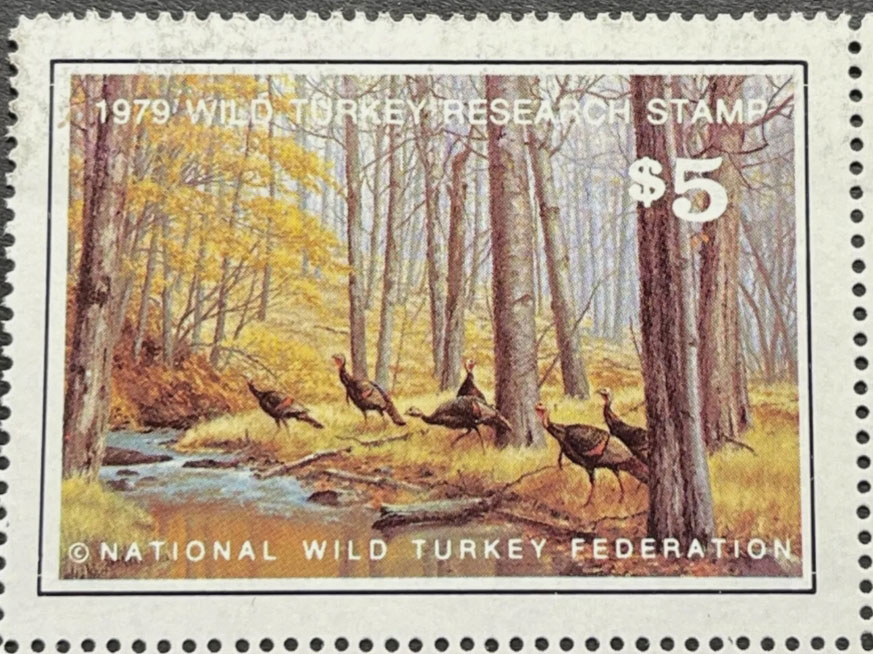
This first national competition would see 42 entries and come under the scrutiny of three judges. The design editor for Gray's Sporting Journal, Larry Taylor; wildlife photographer Leonard Lee Rue III; and Ornithologist Luther Goldman. The winner of that competition would be Chuck Ripper with an entry entitled "Winter Morning." With the success of the first stamp, the enthusiasm shown for the first open competition, and the collectability of the stamps, the NWTF would commission Russel Fink to put together a catalog of wild turkey stamps. This catalog would consist of a numbered, three-ring binder in which a collector could add an annual page. Each page gave a short bio of the artist, a copy of the print, and a small slip in which the year's stamp could be placed.
Sadly, 1981 would be the last year of the annual page, and it would eventually be discontinued in 1984. 1979 would see the introduction of the first research stamp. This stamp would carry the price of $5 and would be the first year for two separate stamps. Entitled "Monarchs of the Hardwoods," the artwork for this inaugural research stamp was done by David Maass. The revenue would help construct the Wild Turkey Research Center in Edgefield, South Carolina.
The second chapter in the story of the wild turkey stamp and the benefit they could have in helping the restoration and introduction of this grand bird we all love so much was set in motion in that bicentennial year with a print of the elusive and sharp spurred Osceola. State chapters of the NWTF would be next to recognize the benefit of issuing such a simple, low-cost collectible. The early 1980s would see the beginning of states taking advantage of the funding possibilities of a stamp.
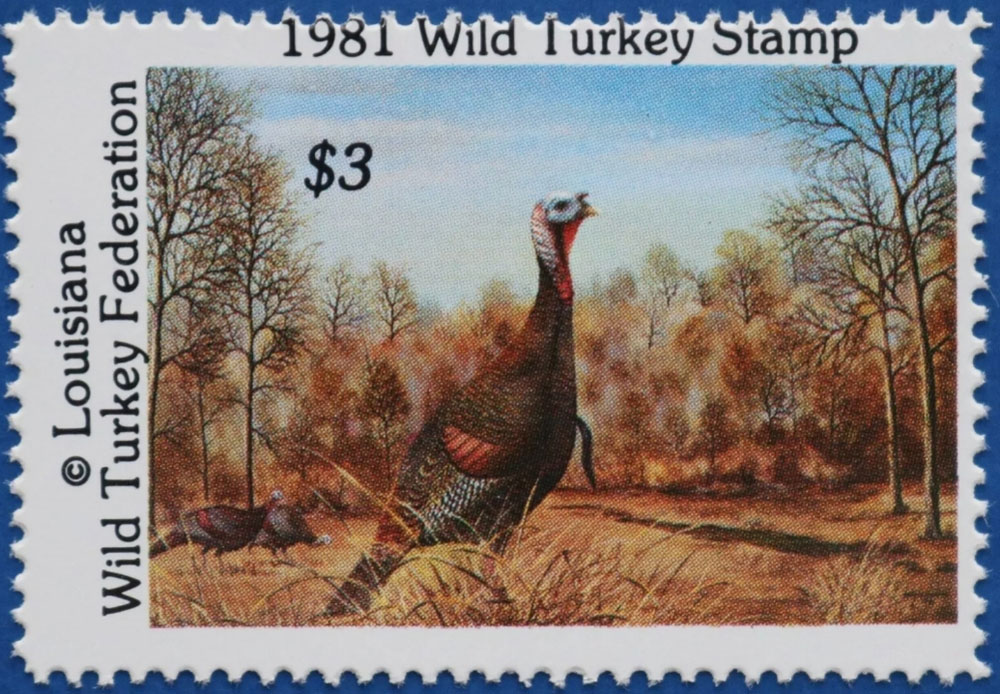
In 1981, the Louisiana Wild Turkey Federation issued the first state wild turkey stamp. All proceeds were used for education, research, habitat management, and restoration. Don Edwards would be the artist, and the print would be entitled "Sentinel-Wild Turkey." That same year, Pennsylvania would become the second chapter to issue a wild turkey stamp. Artist Ned Smith would be the artist, and the print would carry the title of "Hillside Takeoff." The coming years would see many states follow suit. From Alabama to North Dakota and Florida, states began to see the immense benefit of issuing a collectible stamp.
It's important to note that these state stamps were issued by state chapters of the National Wild Turkey Federation. Historically, state wildlife and conservation agencies had not issued a stamp specifically earmarked for wild turkey management.
This brings us to a chapter in the history of the wild turkey stamp just beginning to be written. It's a chapter that could reshape the future of wild turkey management and the funding needed to continue pushing that management forward.
Many states require turkey hunters to purchase habitat stamps, and others require a game bird stamp. Although benefiting the wild turkey in some ways, these stamps are not solely earmarked for wild turkey management and research. With many states facing declining populations, a wild turkey stamp, with funds going directly into research and management for wild turkeys, would be extremely useful in finding much-needed answers.
Wisconsin is one state that has required hunters to purchase a wild turkey stamp. Since 1995, Wisconsin hunters have been purchasing stamps that generate over $750,000 annually, all to be used to benefit the wild turkey. Three-quarters of a million dollars annually! As Wisconsin states, "It provides vital financial support for future wild turkey management and hunting opportunities in the state."
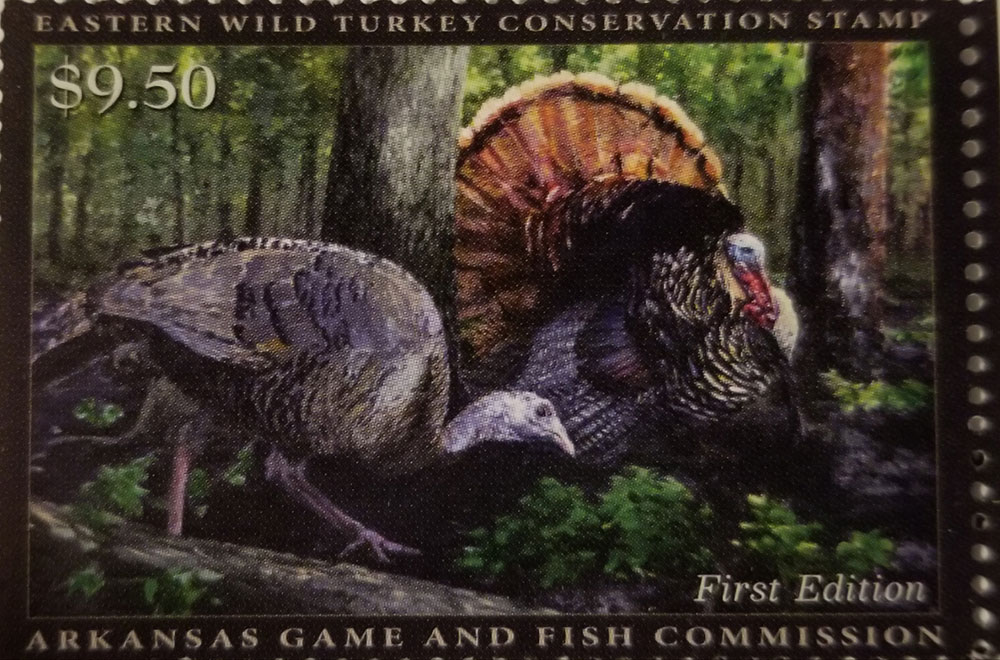
Arkansas recently released a wild turkey stamp that is entirely voluntary and has already proven its worth in raising over $100,000 in funding for wild turkey management. Every penny is being raised voluntarily. These states, both through required and voluntary purchase, are setting a precedent for funding geared solely to help the wild turkey. I genuinely hope the list of state agencies offering a stamp will continue to grow.
Alongside the state agencies, there's another chapter whose first few sentences are just being written. It's one that I can't help but believe will go down as a bright spot in the continued history of the wild turkey stamp.
Mossy Oaks' wild turkey stamp is setting a new standard. And, I can't help but believe it's not just wild turkey research funding but all wildlife funding that could benefit from this trend in the future. When a private company or brand puts forth the effort and creates a stamp, pledging 100 percent of the funds generated from the sales of that stamp to research, the limits are endless. Through full transparency and allowing leading biologists to decide where the money is best spent, Mossy Oak is putting OUR dollars directly where they need to be to help this grand bird and the future of our tradition.
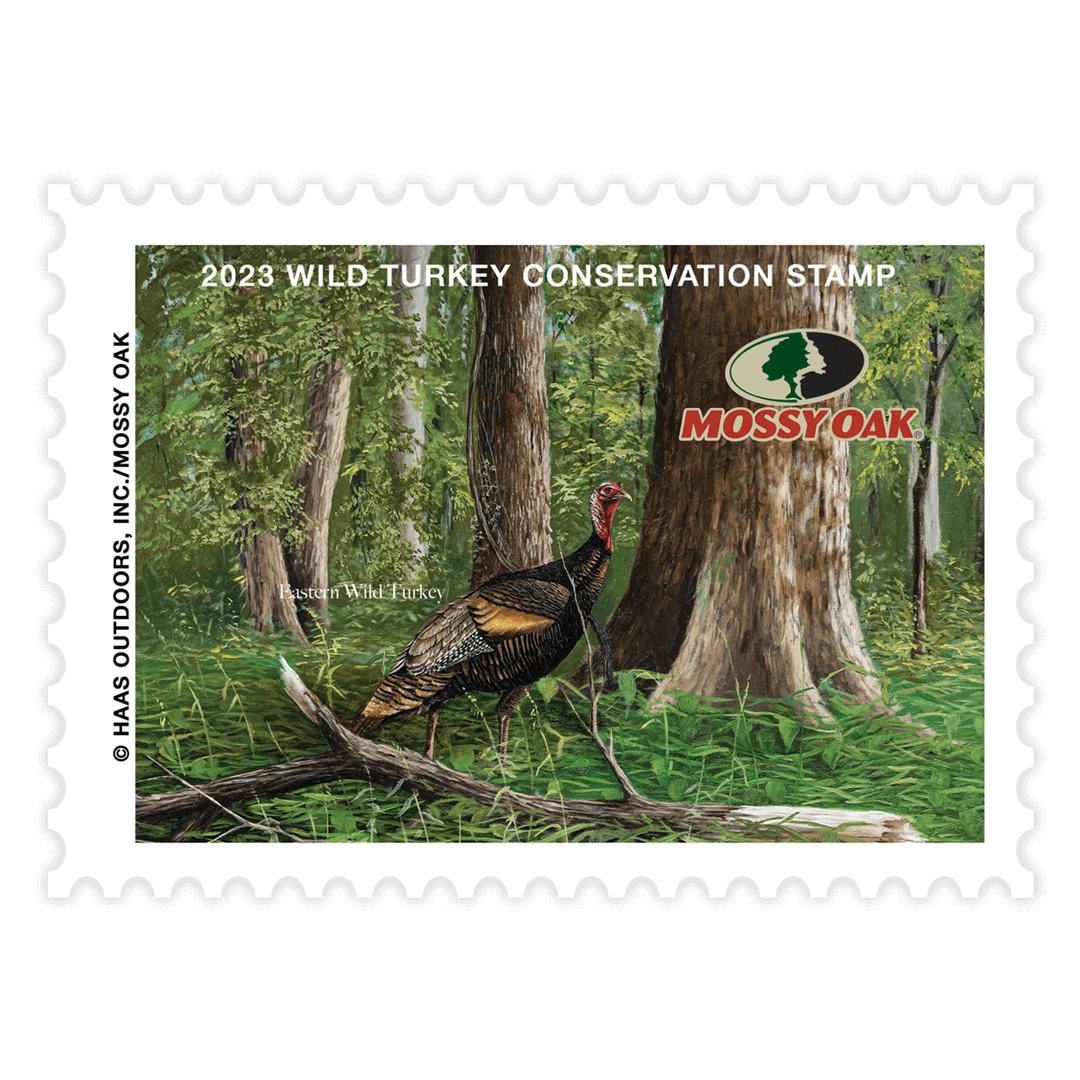
Pictured: Mossy Oak's second Wild Turkey Stamp was just released for purchase.
Turkey hunters have proven time and again that we are always willing to step up when the bird is in need. As far as I am concerned, we are also the best at finding ways to fund that aid. Whether through hands-on, hard work, or the simple act of buying a stamp to add to a collection, we have always stepped up and led the way to a bright future. We don't simply do it so we can hunt the wild turkey, but more importantly, we do it for our children and the future of the bird. The history behind the wild turkey stamp and what it has and will provide is proof of that.
Author's Note: I would like to extend a huge thanks to fellow turkey hunter and lover of all things wild turkey, Brent Rogers, for graciously providing me with many facts behind the history of the wild turkey stamp.
The new 2023 Mossy Oak Wild Turkey Stamp is available for purchase. To buy and see where last year's funds went, click here.

